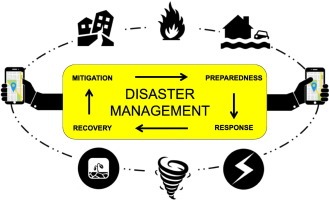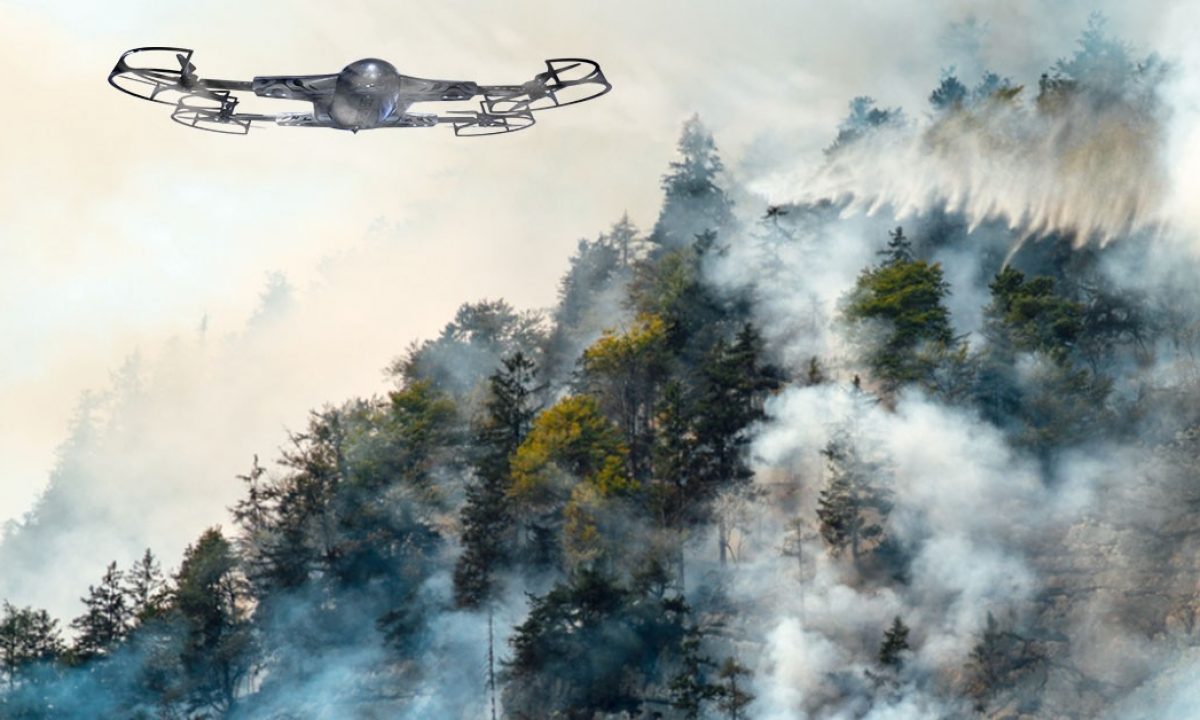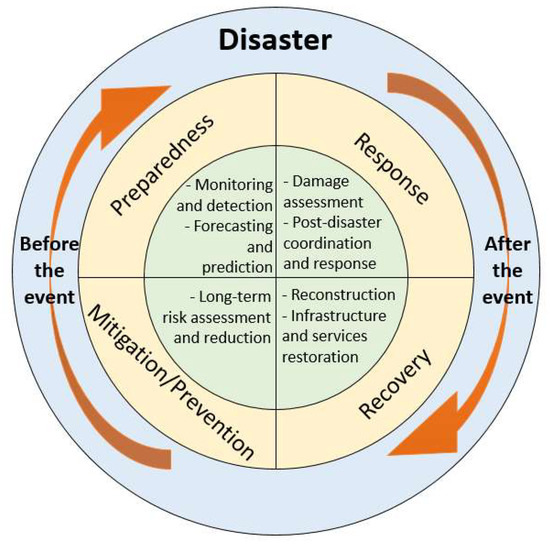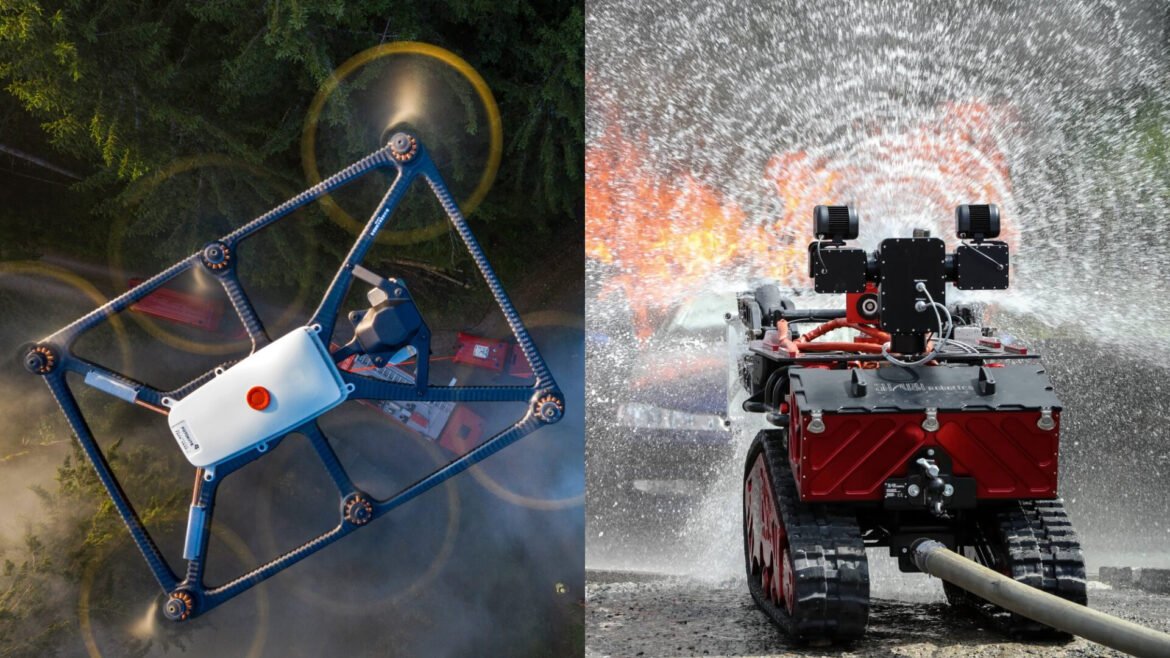
Evolution of Disaster Management
Historical Perspective
Disaster management has come a long way from its rudimentary beginnings. In ancient civilizations, communities often relied on local knowledge and traditional practices to mitigate impacts from natural disasters. Historical records show that the Romans constructed an extensive road network to facilitate efficient evacuation during emergencies.
Fast forward to the early 20th century, the emergence of specialized agencies marked a significant shift. Organizations like the Red Cross were established to provide humanitarian assistance during crises, highlighting a more organized approach to disaster response.
Modern Challenges
Today, disaster management faces a multitude of challenges that were largely absent in earlier times. Among these are:
- Climate Change: Increased frequency of extreme weather events like hurricanes and wildfires.
- Urbanization: Growing populations in cities lead to higher vulnerability due to infrastructure strain.
- Globalization: As economies and societies interconnect, a disaster in one region can affect others, making preparedness crucial.
These modern challenges require innovative responses, blending traditional methods with the latest technologies. It’s a rapidly evolving landscape, as communities recognize the need for adaptation and resilience in an increasingly uncertain world.

Role of Technology in Disaster Management
Early Technological Interventions
At the outset of disaster management, technology played a foundational role in coordinating responses. For instance, the use of telegraph systems in the 19th century allowed real-time communication during crises. This advancement paved the way for quicker response times, enabling rescue teams to mobilize faster.
Think about it: imagine the impact of timely alerts delivered via telegraph during a natural disaster, guiding people to safety. Other early interventions included basic mapping tools and weather prediction models, which helped communities prepare for events like floods and storms.
Current Technological Applications
Fast forward to today, and the landscape of disaster management has transformed spectacularly. Innovative technologies are now at the forefront, enhancing preparedness and response capabilities. Some key applications include:
- Mobile Apps: These provide real-time alerts and safety instructions directly to citizens.
- Data Analytics: Big Data helps in assessing risks and improving resource allocation.
- Geospatial Technologies: Tools like GIS (Geographic Information Systems) allow for precise mapping of affected areas.
Through these advancements, communities are not just surviving disasters; they are thriving amidst challenges. Technology truly harnesses the power of future tech to elevate disaster management to new heights!
Artificial Intelligence and Machine Learning in Disaster Response
Predictive Analytics
As we delve deeper into the role of technology in disaster management, Artificial Intelligence (AI) and Machine Learning (ML) shine brightly, particularly through predictive analytics. These technologies analyze vast datasets to forecast potential disasters before they strike.
Imagine a scenario where weather patterns, historical data, and social media trends converge to predict a sudden flood. Predictive models can enable authorities to issue warnings before the crisis escalates, saving countless lives.
Here are a few notable applications of predictive analytics:
- Risk Assessment: Identifying high-risk areas for natural disasters.
- Resource Allocation: Optimizing the distribution of resources and personnel based on predicted impact.
- Public Notifications: Sending timely alerts to communities about imminent threats.
Decision Support Systems
Following predictive analytics, decision support systems powered by AI are revolutionizing how agencies respond to disasters. These systems integrate data from multiple sources, facilitating real-time decision-making.
For instance, during wildfires, a decision support system can analyze wind patterns, fuel loads, and terrain data to recommend optimal evacuation routes and firefighting strategies. The benefits include:
- Improved Efficiency: Quicker response times through accurate, data-driven decisions.
- Enhanced Collaboration: Facilitation of communication between various agencies, ensuring cohesive action.
- Post-Disaster Evaluation: Analyses of response effectiveness to refine future strategies.
By harnessing these cutting-edge technologies, disaster response becomes not just reactive, but proactively strategic, positioning communities for resilience against future challenges.

Internet of Things (IoT) for Disaster Preparedness
Sensor Networks
Building on the advancements in AI and Machine Learning, the Internet of Things (IoT) is becoming a game-changer in disaster preparedness. At the heart of this innovation are sensor networks that continuously collect data from their environment.
Imagine living in an earthquake-prone area where ground sensors detect tremors. These sensors can send real-time alerts to residents and authorities, enabling timely evacuation or response strategies. The potential applications of sensor networks include:
- Flood Monitoring: Sensors placed in rivers and lakes can gauge water levels, providing crucial data to predict flooding.
- Weather Stations: IoT-connected weather stations can offer localized climate data that informs emergency preparedness.
Remote Monitoring Systems
Complementing sensor networks are remote monitoring systems that integrate data collection with real-time communications. These systems enhance visibility during crises, allowing emergency responders to track evolving situations and allocate resources effectively.
For instance, during hurricanes, remote monitoring of wind speeds and rainfall can guide communities and first responders in preparation and response actions. Key benefits include:
- Accessibility: Data can be monitored from remote locations, ensuring no one is left in the dark.
- Quick Response: Immediate insights into changing conditions help in making informed decisions faster.
- Long-term Resilience: Historical data from remote monitoring helps communities adapt and plan for future challenges.
Harnessing IoT in disaster preparedness equips communities with the tools to not only react efficiently but to also foster a culture of proactive resilience.

Drones and Robotics in Disaster Recovery
Aerial Surveillance
As we continue exploring the technological advancements in disaster management, drones have taken center stage, especially in recovery efforts. Aerial surveillance using drones offers an unparalleled view of disaster-stricken areas, helping authorities assess damage quickly and accurately.
For example, during the aftermath of a hurricane, drones can fly over affected regions, capturing high-resolution images and videos. This information helps emergency teams identify critical infrastructure damage, enabling:
- Real-time Assessments: Quick evaluations of the disaster impact.
- Mapping Damage: Detailed maps that assist in planning recovery efforts.
- Resource Identification: Locating trapped individuals or essential supplies.
Search and Rescue Operations
In addition to aerial surveillance, drones are making remarkable contributions in search and rescue operations. Equipped with thermal imaging cameras and advanced sensors, they can detect heat signatures and locate missing persons in challenging terrains.
Consider a scenario where a hiker goes missing in the wilderness. Drones can cover vast areas much faster than ground teams, significantly increasing the chances of a successful rescue. The advantages of using drones in this capacity include:
- Speed and Efficiency: Rapid deployment reduces response times.
- Access to Hazardous Areas: Drones can navigate through areas unsafe for humans.
- Crowd Management: Minimizing the number of ground personnel allows for organized operations.
The integration of drones and robotics in disaster recovery is reshaping how we respond to crises, making communities safer and more resilient than ever before.

Virtual Reality and Augmented Reality for Disaster Training
Simulation Exercises
Transitioning from the innovative use of drones, we now find ourselves at the exciting intersection of Virtual Reality (VR) and Augmented Reality (AR) in disaster training. Simulation exercises utilizing these technologies present realistic scenarios that prepare emergency responders for high-pressure situations.
For instance, imagine firefighters training in a VR environment that replicates a blazing building. They can practice navigation, decision-making, and teamwork without the risks involved in actual fires. The benefits of simulation exercises include:
- Risk-Free Training: Trainees can learn from their mistakes without real-life consequences.
- Diverse Scenarios: Practicing various disaster scenarios helps build versatility in response strategies.
- Immediate Feedback: Instructors can evaluate performance and provide instant coaching.
Skills Development
Beyond simulations, VR and AR offer unique avenues for skills development. These technologies immerse users in hands-on training experiences that sharpen critical skills required during emergencies.
For example, using AR glasses, responders can receive navigation prompts while tending to victims in chaotic environments. This technology enhances:
- Situational Awareness: Trainees learn to maintain focus and efficiency amid distractions.
- Technical Skill Enhancement: Practicing with modern tools and equipment within immersive environments builds familiarity.
- Psychological Preparation: Experiencing stressful situations through VR helps reduce anxiety during real emergencies.
By leveraging VR and AR for disaster training, we equip our responders with the tools and skills necessary to act decisively, turning potential crises into manageable challenges. Embracing these technologies is a testament to our commitment to a prepared and resilient future!

Blockchain Technology for Disaster Relief
Supply Chain Management
As we delve into the role of blockchain technology in disaster relief, its potential to revolutionize supply chain management stands out prominently. Blockchain provides a secure and transparent ledger for tracking supplies, ensuring that essential resources reach the people who need them most, efficiently and effectively.
Imagine a scenario where a natural disaster strikes. Relief organizations can utilize blockchain to monitor the entire supply chain, from the initial donation to the distribution of food, medical supplies, and shelter. The benefits of this approach include:
- Real-Time Tracking: Monitoring shipments in real-time helps identify bottlenecks and redirects resources as necessary.
- Trusted Partnerships: Organizations can verify the origins of supplies, ensuring they come from reliable and ethical sources.
- Reduced Fraud: With transparent transactions, the risk of misappropriated resources diminishes significantly.
Transparent Aid Distribution
Following the logistical enhancements, blockchain’s ability to offer transparent aid distribution is vital in fostering community trust and accountability. Each transaction is permanently recorded, allowing everyone—from donors to recipients—to see where funds are allocated and how resources are utilized.
Consider a post-disaster scenario where donations flood in. By employing blockchain, organizations can provide donors with updates on their contributions’ effectiveness, showcasing:
- Visibility: Donors gain insights into how their money is being spent and the direct impact on affected communities.
- Community Empowerment: Recipients can access information about available resources, leading to more informed decisions.
- Enhanced Accountability: Detailed records encourage responsible practices among relief organizations, minimizing the risk of misuse.
As blockchain continues to transform disaster relief processes, it reinforces our collective commitment to ensuring that support reaches those in need, fostering resilience and rebuilding efforts efficiently and transparently.

Challenges and Limitations of Future Tech in Disaster Management
Data Privacy Concerns
While the advent of future technologies in disaster management holds remarkable potential, it doesn’t come without its challenges. One significant concern is data privacy. With the increasing use of IoT devices, drones, and AI, vast amounts of personal data are being collected, raising questions about who accesses this information and how it’s used.
For instance, consider a scenario where drones gather footage of disaster-affected areas that includes identifiable individuals. The potential misuse of such data could lead to privacy violations and a lack of trust in relief efforts. Key issues include:
- Informed Consent: Ensuring individuals understand their data is being collected and how it will be used.
- Data Security: Protecting sensitive information from breaches or unauthorized access.
- Regulatory Compliance: Adhering to global data protection laws like GDPR can be complex and burdensome.
Technological Barriers
Alongside privacy concerns, technological barriers pose another significant challenge. Not all regions have the infrastructure to support advanced technologies essential for effective disaster management.
For example, rural communities may lack reliable internet access, making it difficult to leverage AI or IoT solutions. Consider the following barriers:
- Cost of Implementation: High costs associated with upgrading technology can deter smaller organizations or less affluent regions from adopting new solutions.
- Training and Expertise: There’s a continuous need for skilled personnel to manage and interpret data generated by these advanced technologies.
- Integration Issues: Older systems may not easily integrate with new technologies, causing friction in operations.
Addressing these challenges is essential for maximizing the benefits of future tech in disaster management. Collaboration between governments, organizations, and communities will be vital to overcome these hurdles and ensure that we can harness the full potential of innovative solutions when faced with crises.

Future Trends and Innovations in Disaster Management
Integration of Emerging Technologies
As we move forward in the realm of disaster management, the integration of emerging technologies will become increasingly important. By combining IoT, AI, blockchain, and other innovative solutions, we can develop a more cohesive and responsive approach to crises.
Picture this: a disaster scenario where drones equipped with AI algorithms assess damage, IoT sensors monitor environmental changes, and blockchain ensures transparent supply chains. This synergistic approach enhances our ability to respond effectively and efficiently.
The key components of this integration will include:
- Enhanced Communication: Streamlined information sharing among agencies and the public.
- Comprehensive Data Analytics: Better insights through the collaboration of diverse data sources.
- Holistic Training Solutions: Utilizing VR and AR to prepare responders for various interconnected scenarios.
Predictions for the Future
Looking ahead, several predictions emerge for the future of disaster management. We can expect:
- Increased Autonomy: Autonomous drones and robots will take on more complex tasks, reducing the risk to human responders.
- Community-Driven Solutions: Local communities will play a central role in disaster planning, collaborating with tech providers to ensure tailored responses.
- Enhanced Predictive Capabilities: With advancements in AI and machine learning, forecasting models will become more accurate, mitigating the impact of disasters before they occur.
As these trends materialize, we will be better equipped to face the challenges of an unpredictable world. Embracing these innovations will not only enhance our readiness but also foster a future where resilience thrives in the face of adversity. The potential is vast, and the journey ahead is one of hope and progress!

Conclusion and Recommendations
Summarizing Benefits of Future Tech
In conclusion, the integration of future technologies into disaster management presents a transformative opportunity. From predictive analytics and IoT to advanced robotics and blockchain, these innovations offer significant benefits. Enhanced efficiency, improved real-time data sharing, and streamlined logistics are just a few advantages we can expect.
Consider how these technologies could have changed the outcomes of past disasters. For instance, with real-time data collection using drones, authorities could have coordinated evacuations more effectively, potentially saving lives.
Guidelines for Effective Implementation
To harness the full potential of these technologies, organizations should:
- Invest in Training: Equip personnel with the skills needed to operate and interpret advanced technologies.
- Foster Collaboration: Build partnerships between agencies, tech developers, and communities to ensure tailored solutions.
- Prioritize Data Security: Implement strong data governance frameworks to protect privacy and maintain public trust.
As we share insights at our blog, TECHFACK, we encourage everyone to stay engaged with the evolving landscape of disaster management technology. Together, by adapting and implementing these recommendations, we can pave the way for a safer, more resilient future, ready to face whatever challenges may arise.

